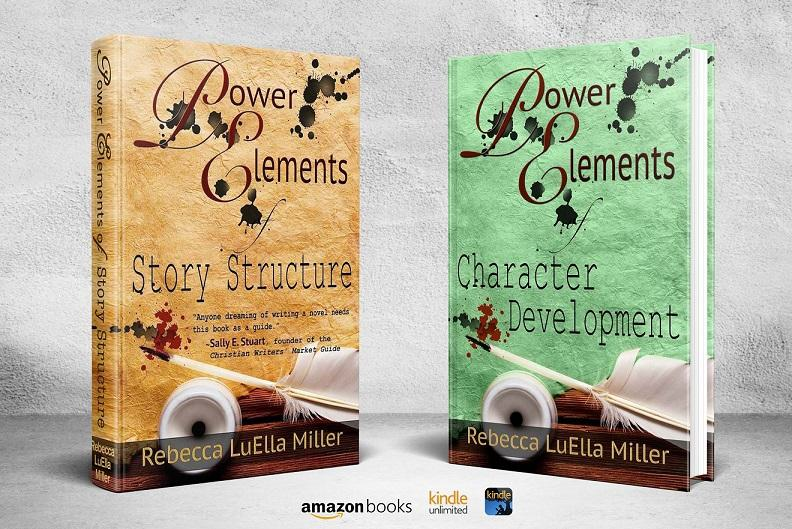Review: The Bone House
The Bone House by Stephen Lawhead is the second in The Bright Empires series.
The Story. I sort of want to say, Your guess is as good as mine. The Bright Empires series is an epic story, and each of the books builds on the previous one without wrapping anything up at its end. Consequently, the wisest move a reader could make would be to begin at the beginning with The Skin Map.
Without missing a beat, The Bone House picks up the story where the first volume left off — with the exception that new characters are now inserted. How exactly they fit into the over all plot is somewhat of a mystery. But a couple things seem to unify all the various characters — they have knowledge of the ley lines, areas of magnetic energy, which allow them to move across time and space into alternate realities, and they are concerned with the map, once tatooed onto the torso of an Arthur Flinders-Petrie, that apparently brings order to the space-time dimensional chaos.
In the simplest terms, the main character is Kit Livingston who has determined to complete the mission his grandfather started — to find the Skin Map. For reasons not yet clear, Lord Archelaeus Burleigh also wants the map and will take whatever ruthless action he needs to in order to procure it.
The story, however, is anything but simple, because Arthur himself appears in an earlier time, with his wife and then his son. In fact his grandson, or perhaps his great grandson, Douglas is the first point-of-view character, and he maintains a thread throughout.
In addition, Kit’s greatest ally, his one-time fiance Mina, plays the most heroic role of all, but Kit finds help from any number of others — some by design like Dr. Thomas Young, and some by apparent happenstance like Big Hunter.
In the end, however, Kit ends up virtually alone and lost, except he’s found what everyone is looking for, what the Skin Map was supposed to show them. So what’s he to do now?
Strengths. Mr. Lawhead writes such deft prose. He paints pictures with his words and in so doing creates worlds and history and fully realized characters. He’s also impressively weaving a story with an unbelievable number of threads in a way that seems utterly believable.
Just out of reach is the Greater Meaning. After all, the story is about the universe — or more accurately, the multiverse — and man’s interplay with alternate realities. It’s also about Life and immortality and Providence, about spiritual consciousness, relationship with the “eternal, ever-living Creator,” and the “language of angels.” These things aren’t fully developed, and some have only been introduced, but the story has the feel of something Bigger.
My Guesses. [Spoiler Alert] Instead of picking at the story to find something to fault, I’d rather give my thoughts on what might be coming or what it all might mean. The Bright Empires series is, in part, a mystery, after all. And part of the fun of mysteries is to try to make educated guesses, then see how close you came to the way things actually are, story wise. So here are my guesses, for those of you who have read The Bone House.
I am postulating that En-Ul, the Ancient One, is Arthur Flinders-Petrie. I don’t know how that could be except that Kit ended up at the Well of Souls where he encountered Arthur because En-Ul apparently sent him there.
Another possibility is that En-Ul is a type of God, the Creator, or God in earthly flesh. I assumed he had gone to the Bone House to die, that this was the caveman equivalent to the Egyptian pyramid. But then it proved to be built on a ley line — or maybe The Ley Line — and Kit traveled or jumped to the Well. What happened to En-Ul? (And why could he and Kit communicate telepathically?)
The bigger issue, though, is Providence or God’s sovereignty. If Man has free will and can choose to act in any number of ways that influence others and alter history, how is God still sovereign? The concept of a multiverse cosmos could give an answer. No matter what Man chooses, God works to bring about His Grand Plan. So the alternate existences all have the same characters doing the same things with the same motives, but in one they might choose to act in one way, whereas in a second they might choose to act with some variation. In the end those differences are turned by corresponding acts so that the One Grand Design is still fulfilled.
So those are my two guesses. [End spoiler alert.]
Recommendation. The Bone House is part of what is shaping up to be a masterful epic science fantasy. It is complex, mysterious, though-provoking, intricate, and beautifully written. It isn’t particularly “character driven,” though the main character does grow and change. But the story seems less about him and more about the way the world works, though I could be wrong about that.
This one is a must read for Stephen Lawhead fans. I highly recommend it to anyone who enjoys time travel (though ley jumping is distinctly different, it has a feel of time travel) or alternate reality stories. It’s also dealing with cosmic reality, so anyone who has a bent toward the philosophical may enjoy this one too.
This review originally appeared at A Christian Worldview of Fiction
I received a review copy of this book in conjunction with the CSFF Blog Tour






































